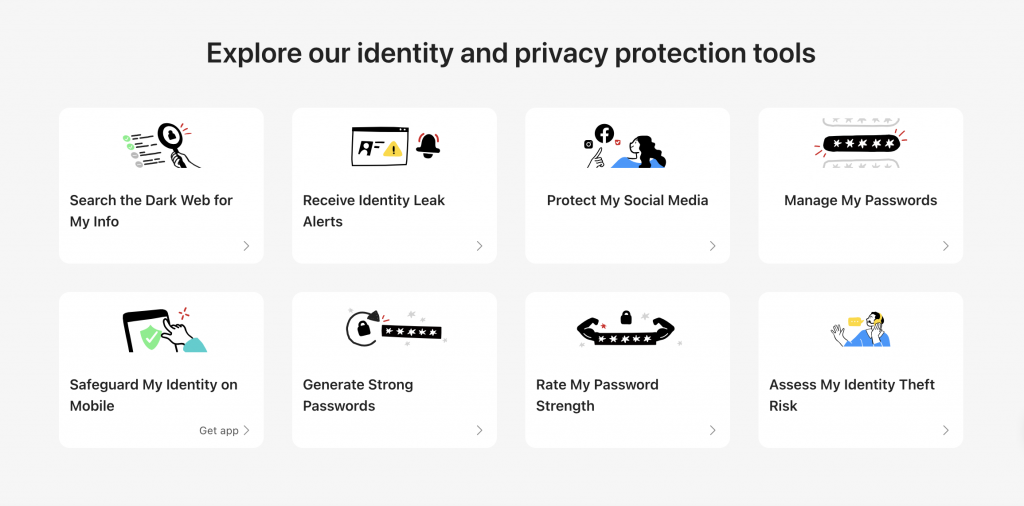The social engineering “I can’t believe he’s gone” scam uses social media posts to exploits users’ emotions, particularly empathy and curiosity, to entice victims into clicking on malicious links.
This scam often appears on Facebook, typically posted from compromised accounts belonging to users’ friends. It targets people’s compassion by presenting shocking content, such as fake news headlines accompanied by a video link. However, clicking on these links redirects unsuspecting users to harmful websites instead of legitimate news sources.
How Does the “Can’t Believe He’s Gone” Scam Work?
This phishing technique has persisted on Facebook for years, adapting with new wording and links to evade detection. Scammers continuously update the post template while leveraging the same emotional triggers to ensure the scam remains effective.

Examples of these deceptive posts include phrases like “I can’t believe he’s gone, I’ll miss him so much” or “I can’t believe she’s gone, she was so young,” followed by a fabricated news headline and video thumbnail. Clicking on these links leads users to fake surveys, tech support scams, malware downloads, subscription services, and spam lists.

The scam evolves with different links and headlines to bypass Facebook’s spam detection, taking advantage of human emotions to circumvent security measures. Even cautious users can be tricked by this scheme due to the emotional manipulation involved.

It’s crucial to stay vigilant against posts resembling “I can’t believe he’s gone” or similar variations, as scammers regularly update details like names, photos, and links to evade detection and prolong the effectiveness of the scam.
What to Do if You’ve Fallen for the “Can’t Believe He’s Gone” Scam
- Close the Scam Website or Video Immediately: If you inadvertently open a suspicious link leading to a website or video, exit the page promptly to minimize exposure and risk.
- Run a Virus Scan: Use your antivirus software to conduct a thorough scan of your device. This helps detect and remove any malware that may have been downloaded without your knowledge.
- Change Your Facebook Password: Take action to secure your Facebook account by resetting your password through Facebook’s security settings. Create a strong and unique password not used elsewhere.
- Enable 2FA on Facebook: Enhance your account security by setting up two-factor authentication on Facebook. This adds an extra layer of protection by requiring a secondary verification method in addition to your password.
- Monitor Your Accounts for Suspicious Activity: Keep a vigilant eye on your social media, financial, and email accounts for any signs of unauthorized access or changes. Update passwords on related accounts as needed to prevent further compromise.
- Scan Your Computer for Malware: If you provided any information or downloaded files from the scam site, run a comprehensive malware scan using Trend Micro.
- Check and Freeze Credit Reports: Review your credit reports from major bureaus (Equifax, Experian, TransUnion) for unusual activity or accounts you didn’t open. Consider freezing your credit to prevent unauthorized credit applications.
- Beware of Related Phone and Email Scams: Stay wary of suspicious phone calls or emails that may follow the initial scam attempt. Scammers might use these tactics to gather more personal information or perpetrate additional fraud.
Protecting Your Identity and Personal Info
Compromised personal data can have serious consequences, including identity theft, financial fraud, and job losses. The best thing you can do is a) have reliable cybersecurity protection, and b) ensure you will find out ASAP in the event of being affected. We would encourage readers to head over to our new ID Protection platform, which has been designed to meet these challenges.

With ID Protection, you can:
- Check to see if your data (email, number, password, credit card) has been exposed in a leak, or is up for grabs on the dark web;
- Secure your social media accounts with our Social Media Account Monitoring tool, with which you’ll receive a personalized report;
- Create the strongest tough-to-hack password suggestions from our advanced AI (they’ll be safely stored in your Vault);
- Enjoy a safer browsing experience, as Trend Micro checks websites and prevents trackers.
- Receive comprehensive remediation and insurance services, with 24/7 support.

Offering both free and paid services, ID Protection will ensure you have the best safeguards in place, with 24/7 support available to you through one of the world’s leading cybersecurity companies. Trend Micro is trusted by 8 of the top 10 Fortune 500 Companies — and we’ll have your back, too.
Why not give it a go today? As always, we hope this article has been an interesting and/or useful read. If so, please do SHARE it with family and friends to help keep the online community secure and informed — and consider leaving a like or comment below. Here’s to a secure 2024!
